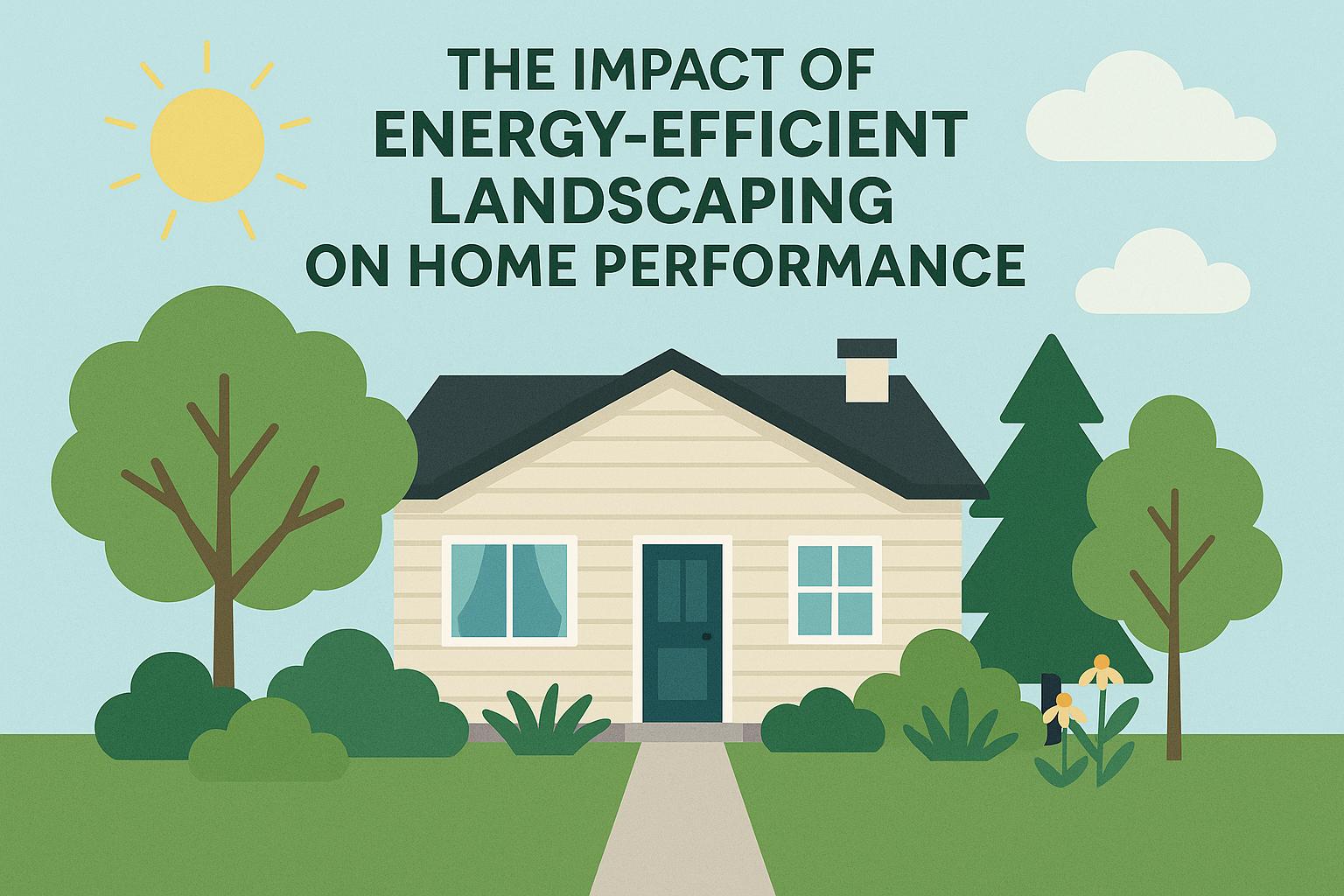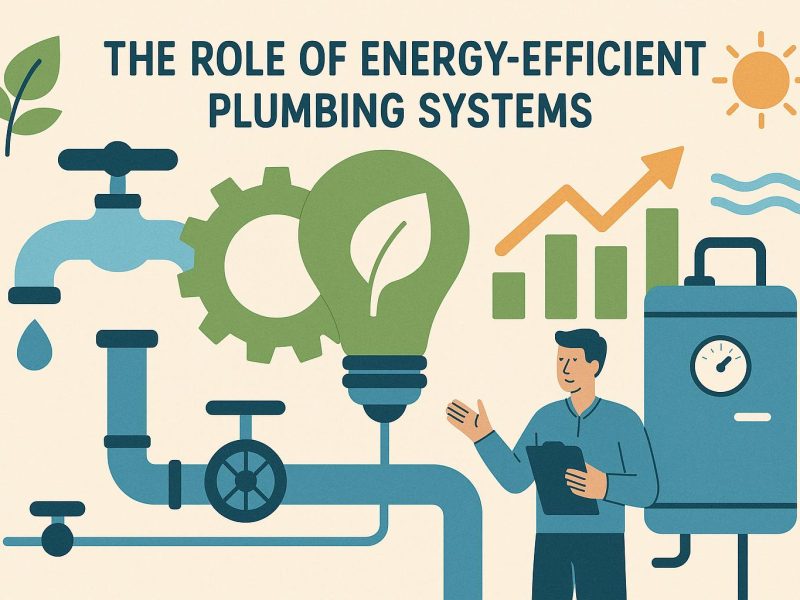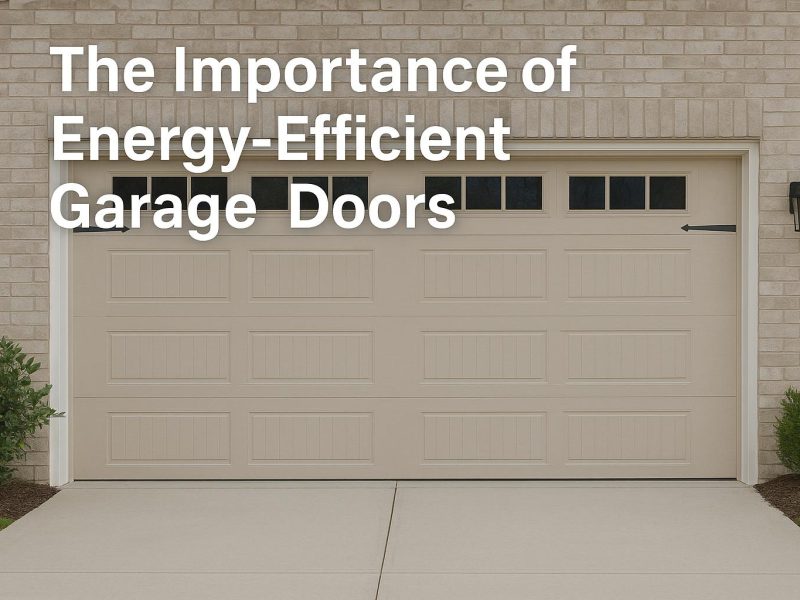Introduction to Energy-Efficient Landscaping
Energy-efficient landscaping is a pivotal approach to designing outdoor spaces around homes, with a keen focus on improving energy performance. The strategic selection and placement of plants and structures can lead to numerous benefits, including reduced energy expenditure, enhanced comfort, and a minimized carbon footprint. This concept emphasizes the manipulation of the microclimate surrounding a residence to optimize energy usage.
The Principles of Energy-Efficient Landscaping
The core of energy-efficient landscaping lies in mastering the art of transforming the immediate environment. Understanding the characteristics of different landscaping elements and their potential impact on energy use is crucial. Proper vegetation can serve as nature’s HVAC regulation, providing a buffer against harsh environments.
The Role of Trees and Shrubs
Trees and shrubs play diverse roles in energy-efficient landscaping. Their utility extends beyond aesthetics; they are functional assets in managing environmental conditions around a home. Deciduous trees, for example, are optimal for shading during summer due to their dense foliage. This naturally reduces the need for artificial cooling. As seasons change and leaves fall, these trees permit sunlight to penetrate and warm homes during colder months, reducing reliance on heating systems. Meanwhile, evergreen trees and shrubs remain lush throughout the year, serving as effective windbreakers in winter, shielding homes from chilling winds and thus preserving indoor warmth.
Ornamental Features and Hardscaping
In addition to vegetation, ornamental features like pergolas, arbors, and trellises offer functional beauty to landscapes. These structures are not just aesthetic; strategically positioning them can afford essential shade to alleviate direct sunlight on patios and windows. This strategic shielding reduces the indoor temperature, consequently lessening the burden on cooling systems. Furthermore, integrating reflective or light-colored materials in hardscaping diminishes heat absorption, keeping spaces cooler. These materials deflect rather than absorb heat, offering a cooler surface and decreasing the surrounding temperature.
Impact on Home Performance
The adoption of energy-efficient landscaping significantly enhances overall home performance. By tempering the external climate factors through strategic landscaping, properties can see a reduction in heating and cooling costs by as much as 25%. Other improvements include elevated air quality and a decrease in noise pollution. Landscaping acts as a natural barrier, shielding homes from unwanted noise and pollutants, thereby creating a more serene and healthier living environment.
Environmental Benefits
Beyond direct personal and economic benefits, energy-efficient landscaping plays a critical role in environmental conservation and sustainability. By minimizing the dependency on mechanical heating and cooling systems, homes contribute to a reduction in greenhouse gas emissions. In addition, the inclusion of native plants and trees not only reduces the need for excessive watering and maintenance but also fosters local biodiversity. Native flora is adapted to the local climate and soil, thriving naturally and supporting local wildlife.
Best Practices for Implementation
Implementing an energy-efficient landscape requires careful planning and knowledge of various landscaping elements. It’s essential to take into account the local climate, soil quality, and pre-existing vegetation. Engaging a professional equipped with sustainable landscaping expertise can be immensely valuable. They offer insight into species selection, spatial planning, and maintenance practices that are apt for the specific environment. Moreover, it’s critical to factor in long-term care to ensure compatibility of chosen plant species with the local climate.
Conclusion
Energy-efficient landscaping proves to be a strategic asset in enhancing home performance and environmental stewardship. By meticulously incorporating elements like trees, shrubs, and hardscaping, homeowners stand to gain considerable energy savings. This deliberate approach not only creates a more comfortable living space but also fosters a positive environmental impact. The thoughtful integration of nature-inspired solutions into our living spaces heralds a future where sustainability and comfort harmoniously coexist.



